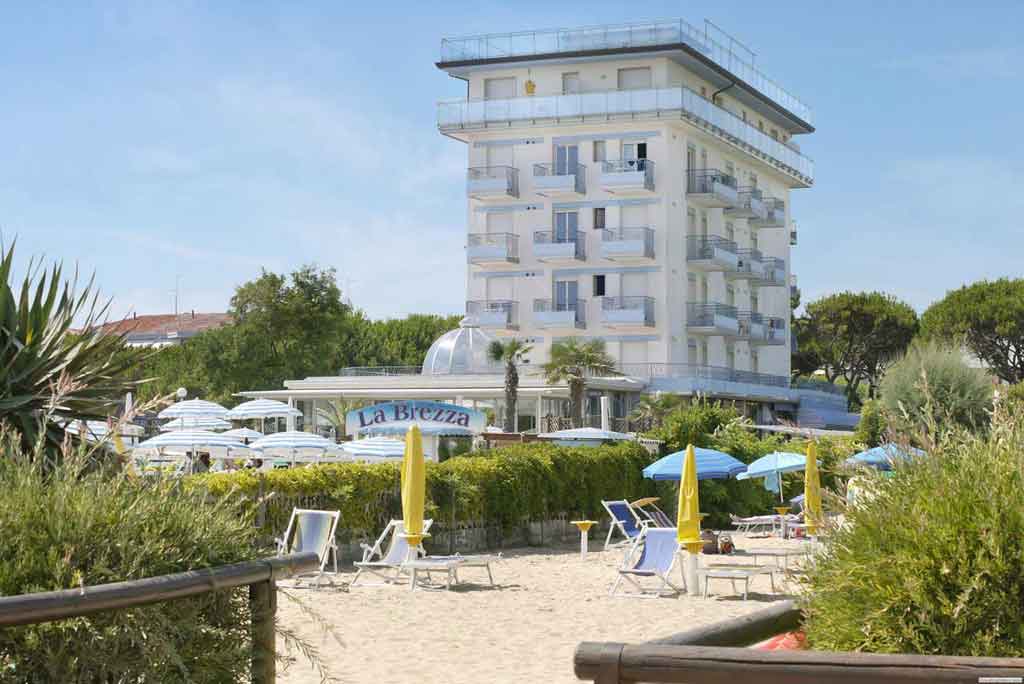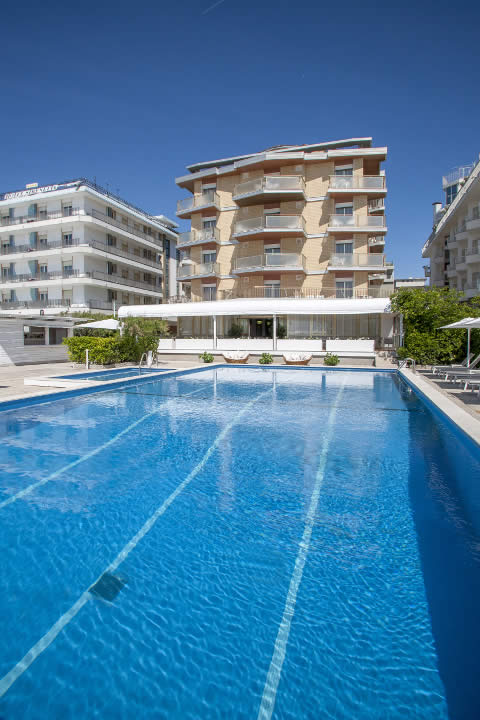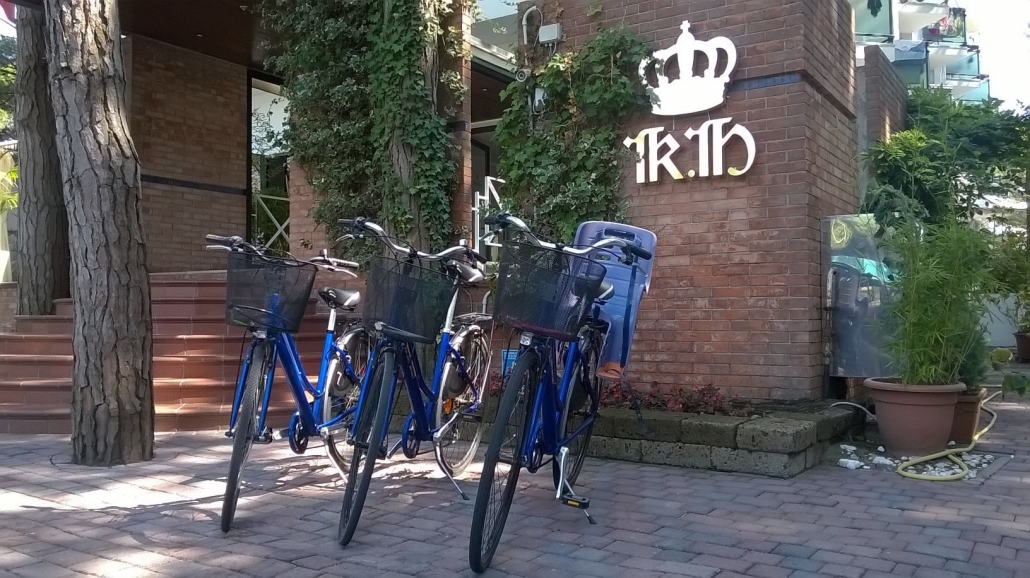Trieste
It can be reached from Jesolo by car taking the motorway towards Trieste, or by train from San Donà di Piave, arriving by car in twenty minutes from the seaside resort. Trieste was a bridge between western and central-southern Europe, mixing Mediterranean and European features. It is an important railway and maritime hub. Its port, located in the heart of the European continent, was the main maritime outlet of the Habsburg Empire. Today it is an international hub for land-sea trade flows between the markets of Central and Eastern Europe and Asia. The places we recommend visiting are Piazza della Borsa, one of Trieste’s main squares. Also known as the city’s second salon, the square was the economic centre of the city throughout the 19th century. It is overlooked by architecturally interesting buildings. Piazza dell’Unità d’Italia is Trieste’s main square. It lies at the foot of the San Giusto hill opening onto the Gulf of Trieste on one side and is surrounded by numerous palaces and public buildings. We recommend sitting in one of the historic cafés in the square for a relaxing moment. The Castle of Miramare, from which you can enjoy a splendid view of the gulf, is located a few kilometres north of the city. The castle was built by Maximilian of Habsburg-Lorraine, Archduke of Austria and Emperor of Mexico, and is surrounded by a large park of about 22 hectares with a great variety of plants, many of which were chosen by the Archduke himself during his travels around the world, which he made as admiral of the Austrian navy. San Giusto Castle is a fortress-museum located on the hill of the same name where you can admire sculptures, paintings and weapons, but also attend cultural events and shows. Inside is a haute cuisine restaurant housed in one of the castle cellars. The Church of Sant’Antonio Nuovo is the main religious building in the Borgo Teresiano and the centre of Trieste, located close to the Grand Canal. Palazzo Carciotti and Palazzo Gopcevich are also of particular architectural elegance. Of much more recent historical character is the Foiba of Basovizza. A national monument, it was a deep mine shaft later used by Yugoslav partisans to hide an unspecified number of corpses of Italians and Germans during the Yugoslav occupation of Trieste in May 1945. Finally, the Risiera di San Sabba, was a Nazi lager, located in the city of Trieste, used for the transit, detention and elimination of a large number of inmates, mostly political prisoners and Jews.





